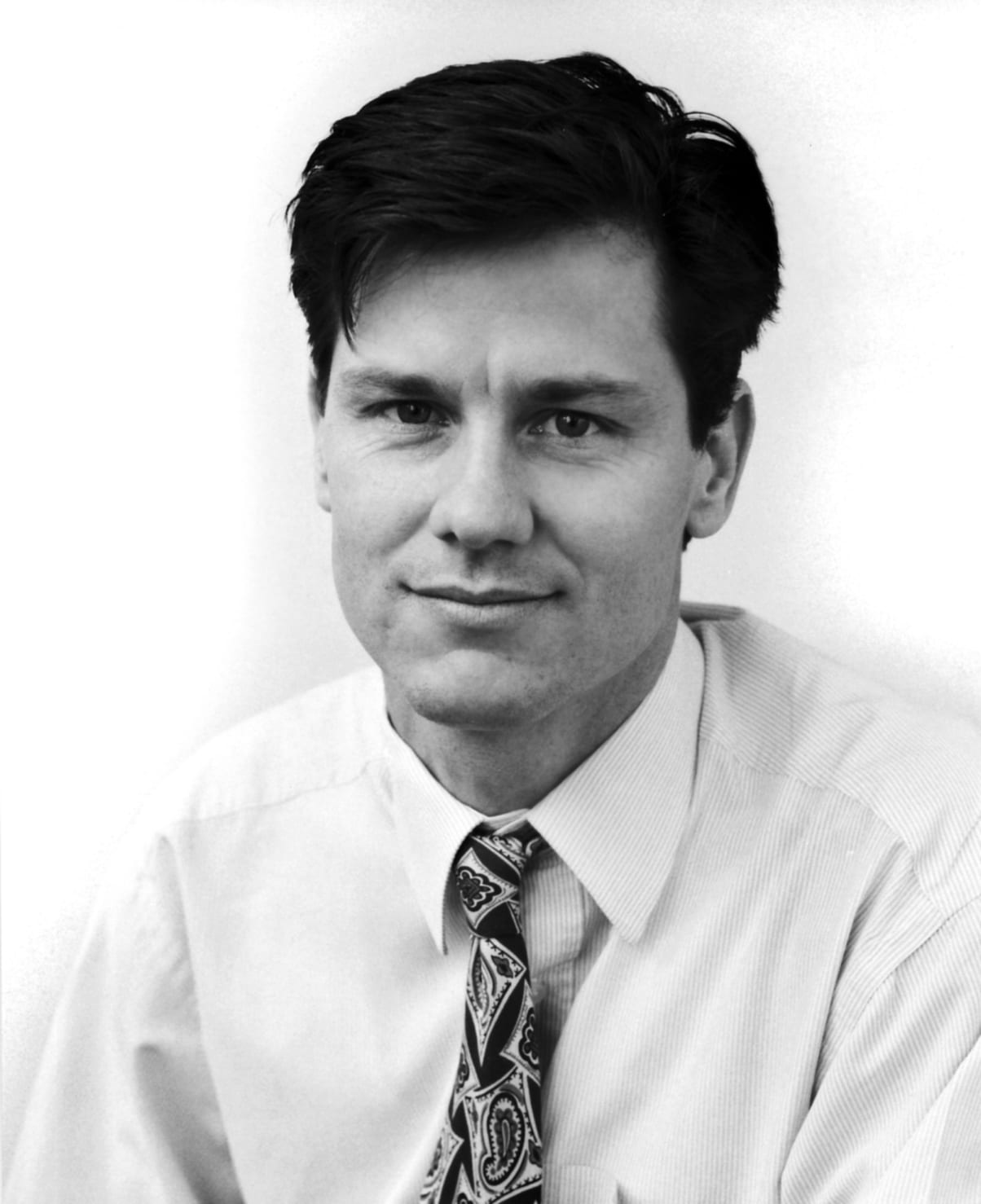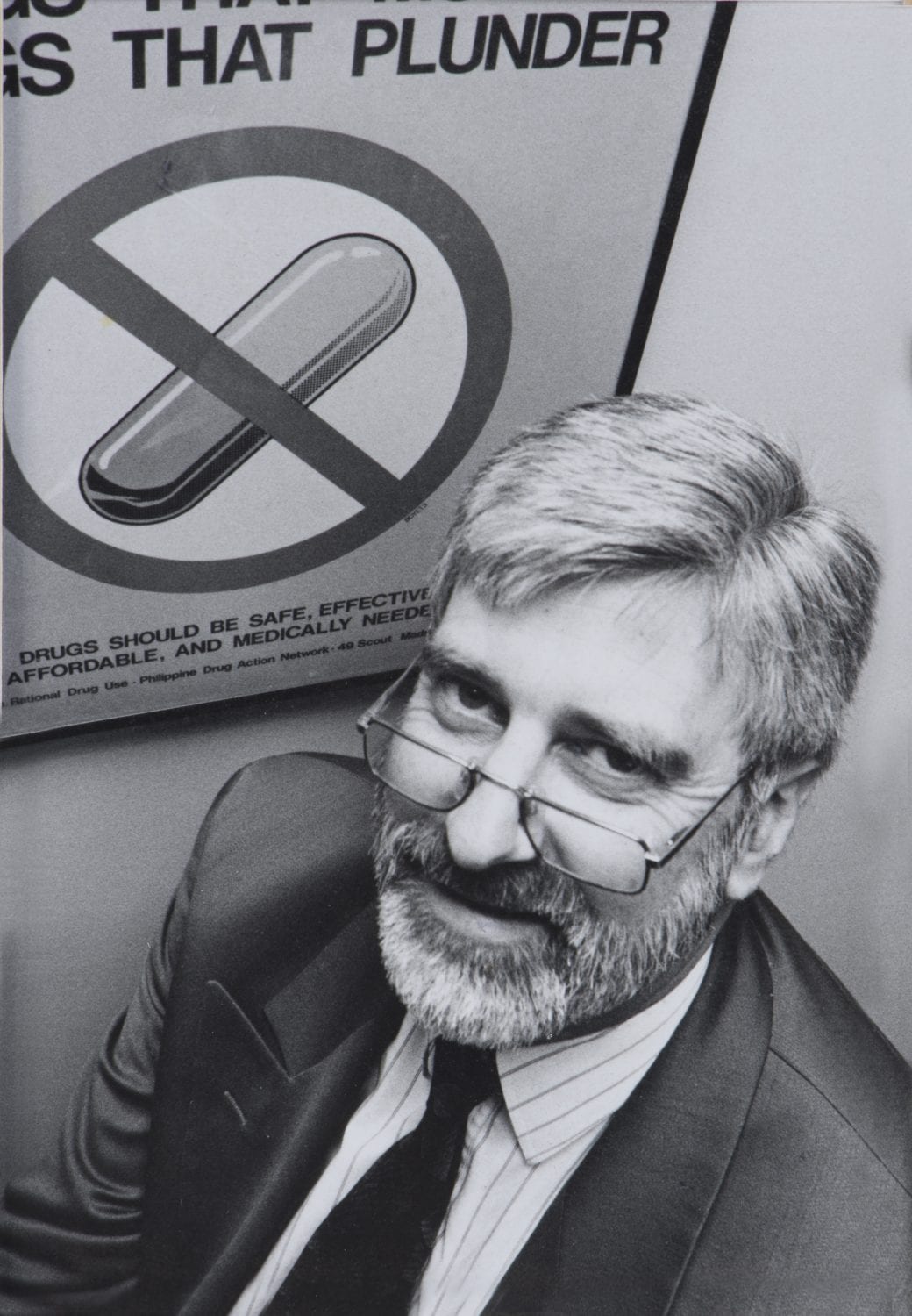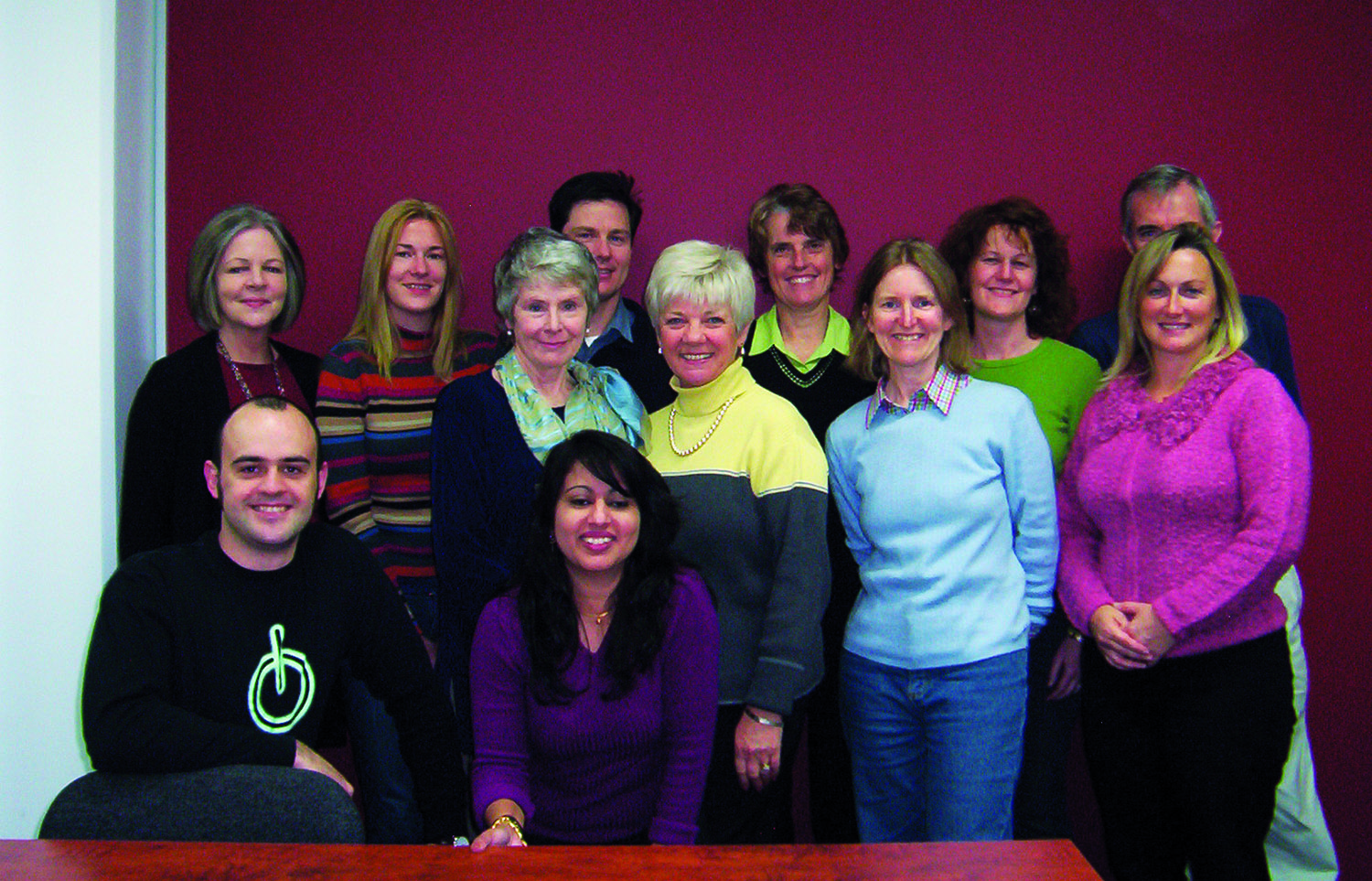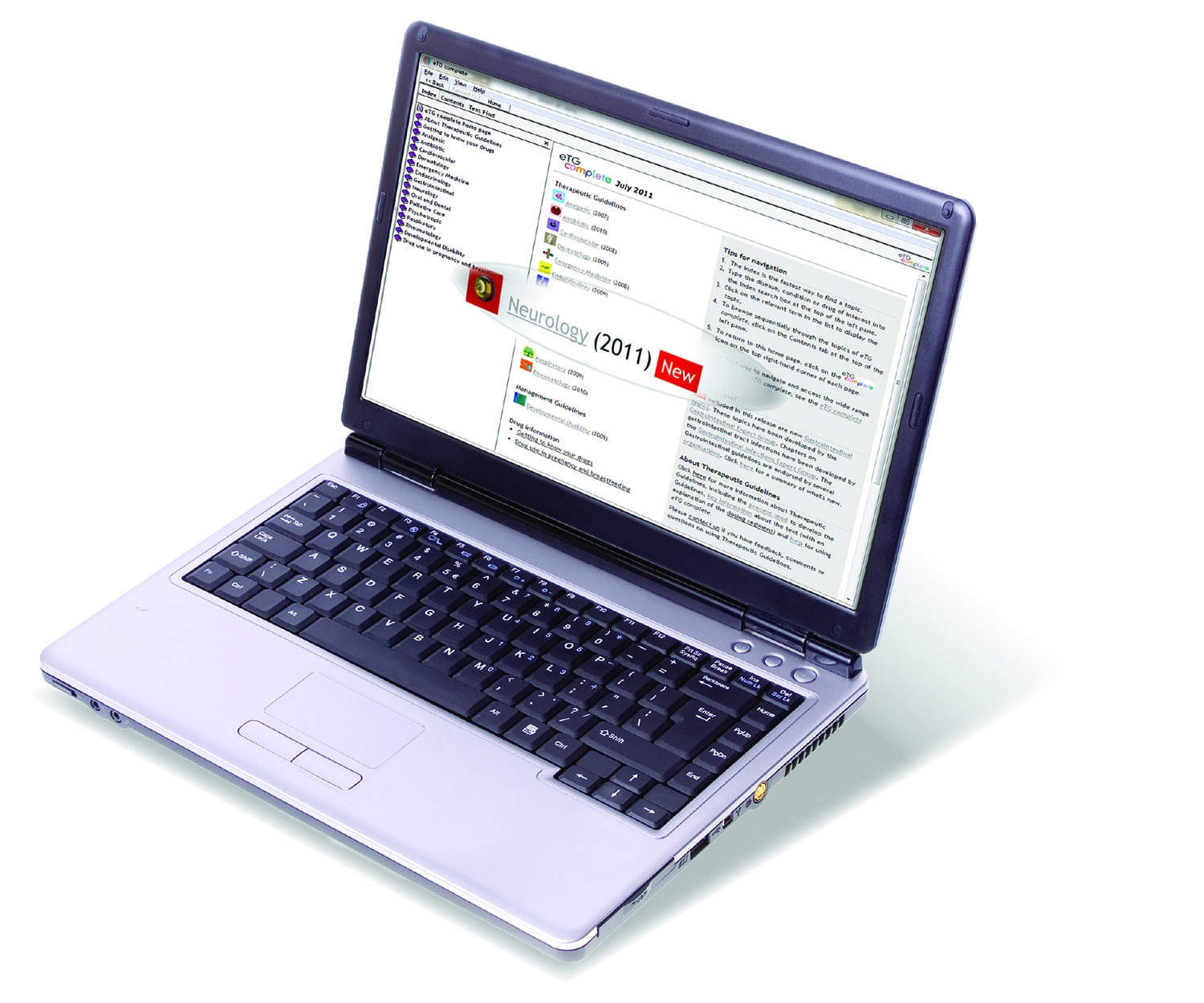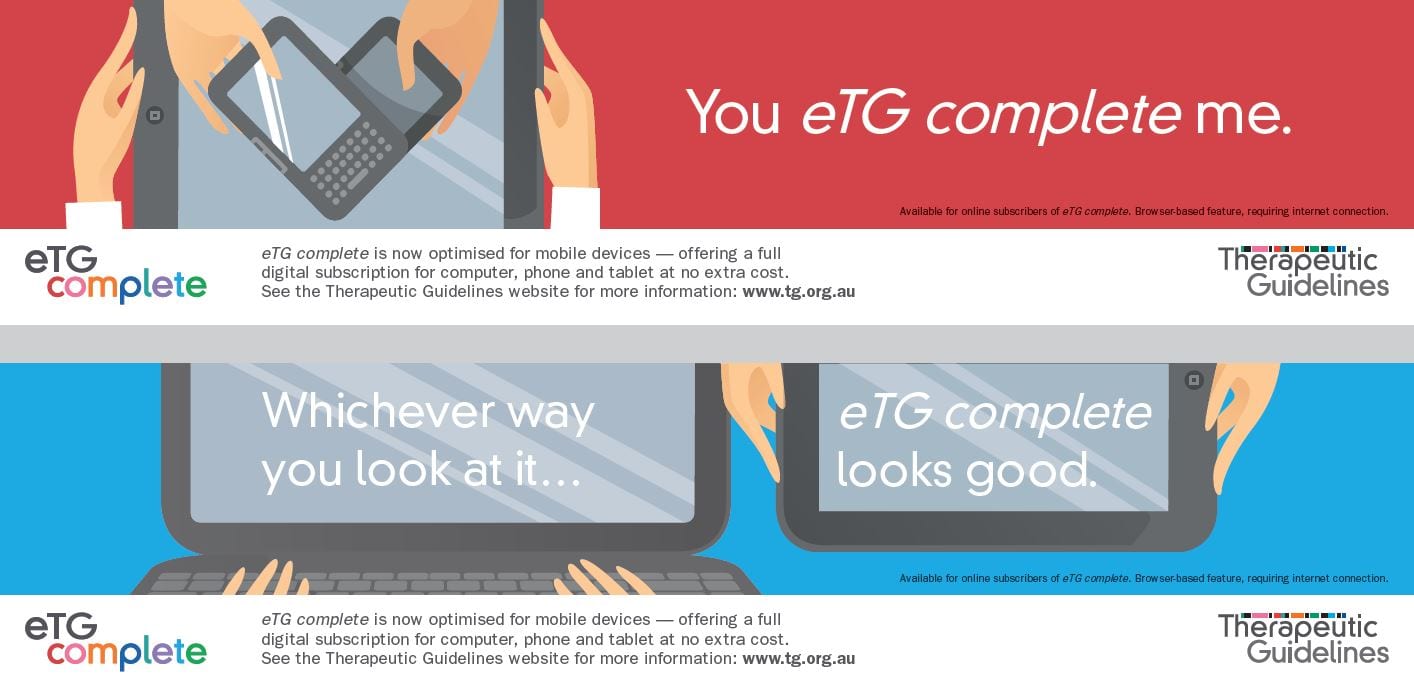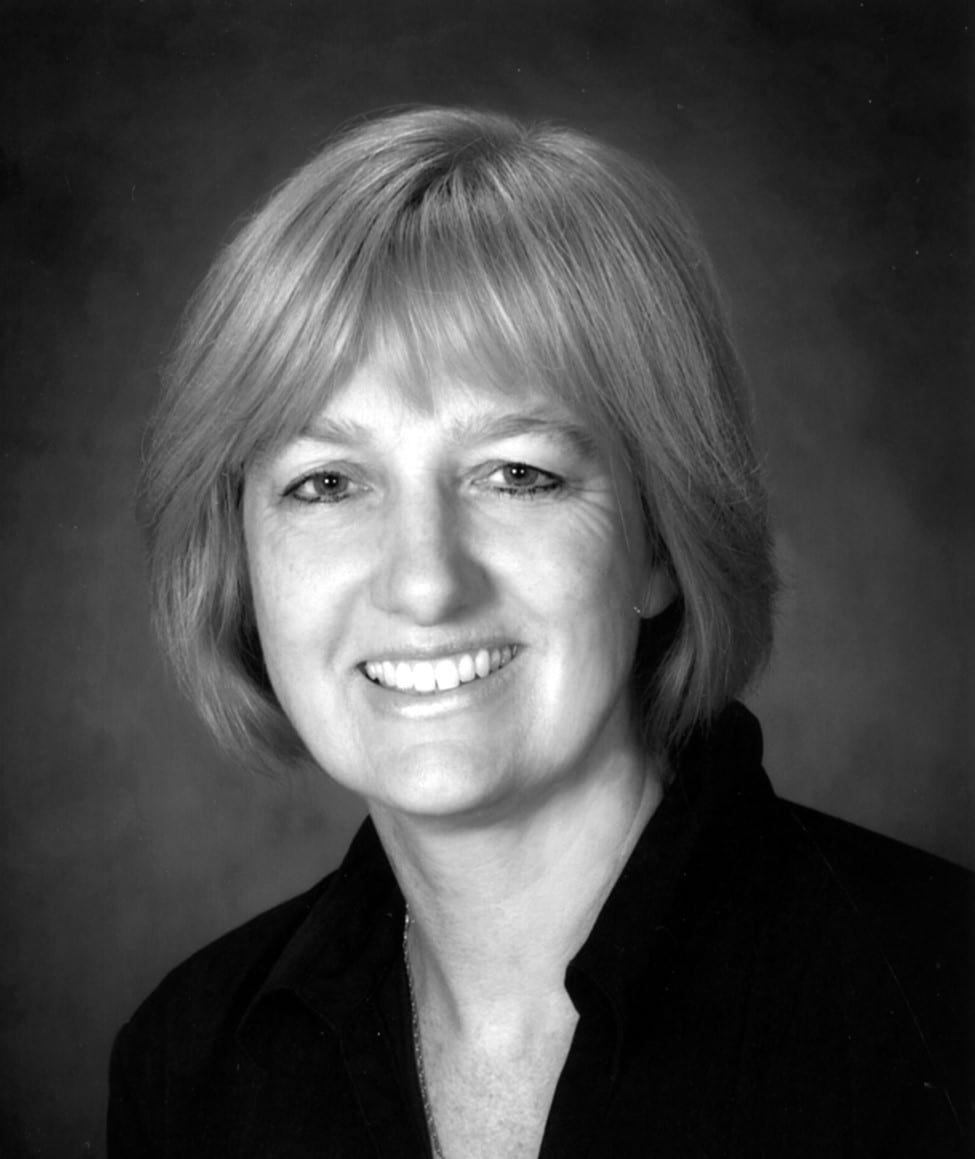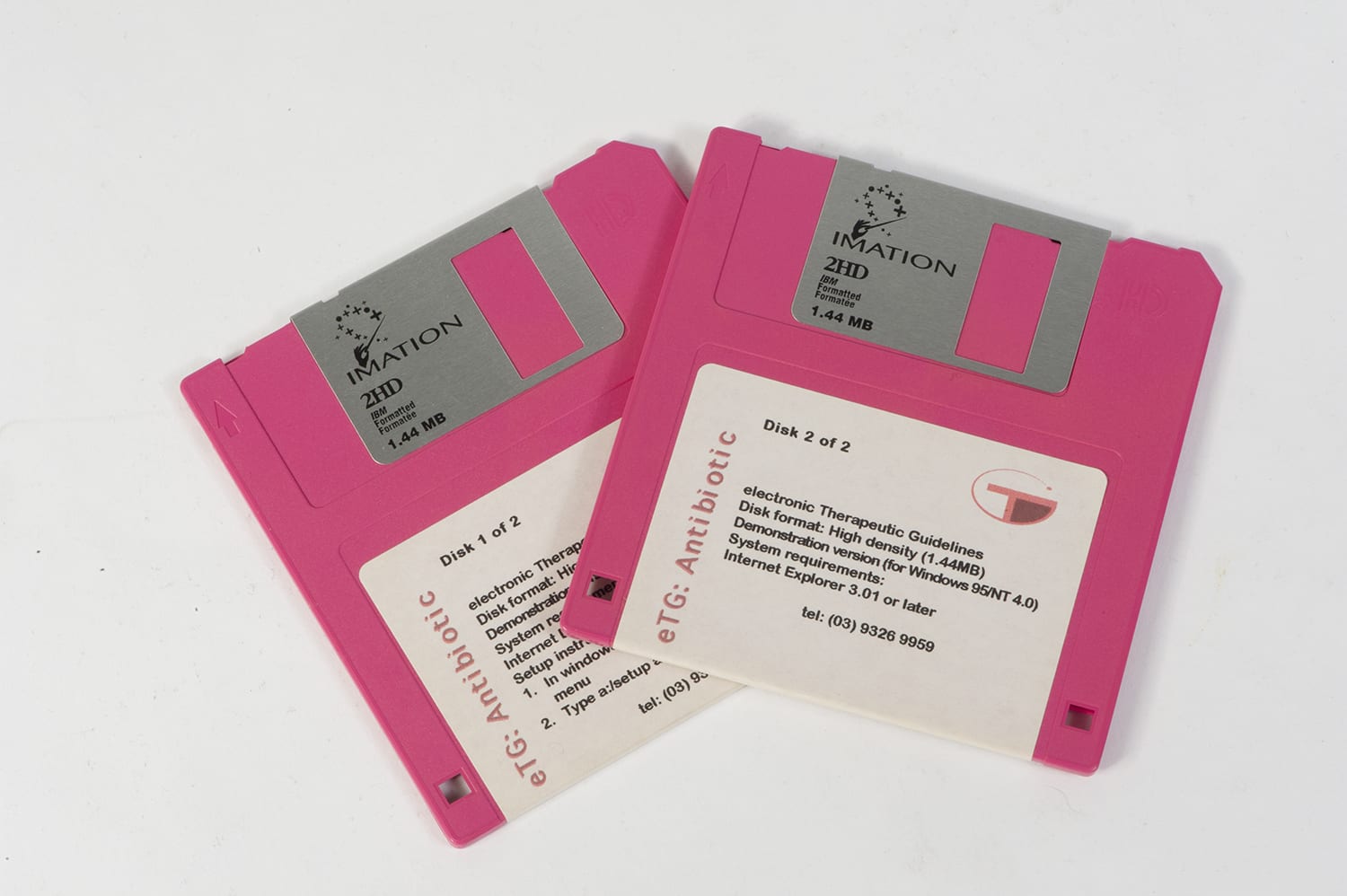Ken Harvey drove TGL’s electronic revolution. His vision was to write bespoke software to encompass all the guidelines’ titles.
Staff members integral to the development of eTG complete included Jonathan Dartnell, Carol Norquay and Souly Phanouvong.
NPS allocated funding in 2000 for TGL to complete the integrated titles project. An editorial committee was established in 2001 to oversee the writing groups and the assigning of duplicate topics. It also envisaged that future versions of eTG complete would provide more information about supporting evidence, and links to other texts and databases. The entire approach represented a major change in TGL’s thinking. eTG complete, when it was published in June 2002, allowed simultaneous searching across all guidelines texts. Supplied at first on CD, until all users had access to a fast and reliable internet connection, general practitioners and pharmacists subscribed in droves. It was somewhat of a relief to the board, which had approved major expenditure on electronic publishing.
In parallel to the development of eTG complete, in 2001 and 2002 Dr Bryn Lewis created SISMO. Defined as Single Input Source, Multiple Outputs, it was a bespoke content management system. From early in 2003, SISMO was applied to the production of eTG complete. SISMO was used to produce the individual HTML files for eTG complete, and RoboHelp software packaged the files into the final products, which users could access online or download from CD. This enabled TGL to host eTG complete on its website for a small number of organisations. By 2005, updates to eTG complete were distributed every three months. By 2007, sales of CDs and intranet licences accounted for half of TGL’s total sales. In 2007 eTG complete was accessed via the TGL website. A new online ordering system was introduced in 2008. By the middle of the year, electronic sales increased to 62 per cent of the total. By 2017, the future of printed books hung by a thread.
